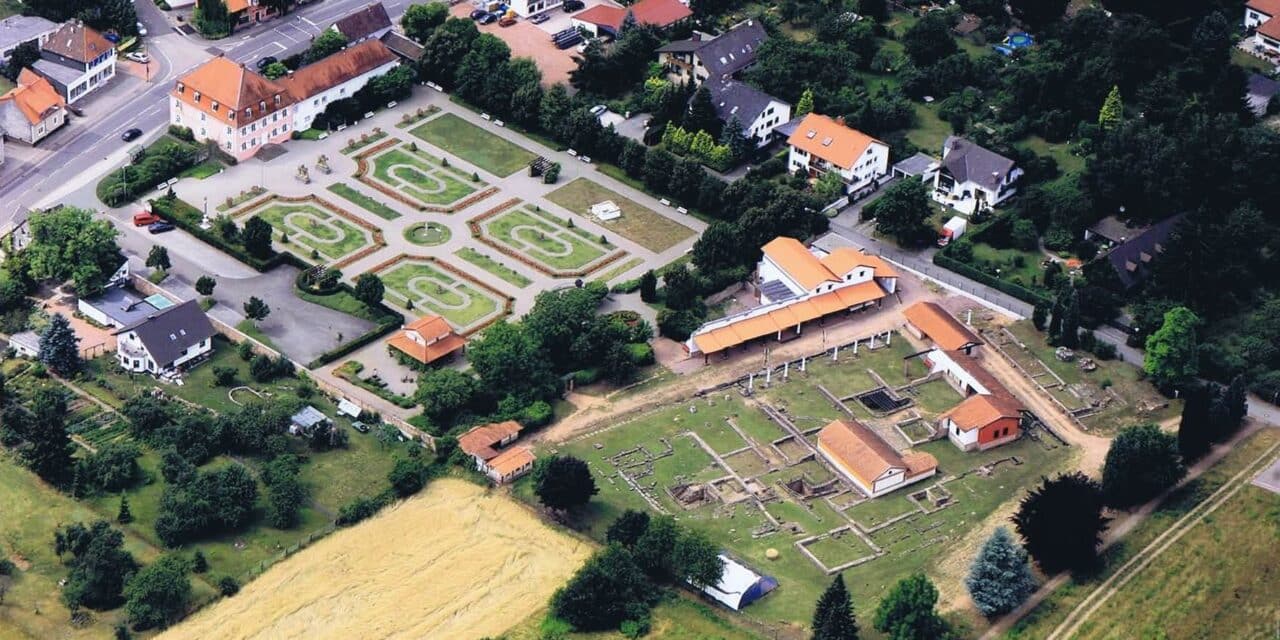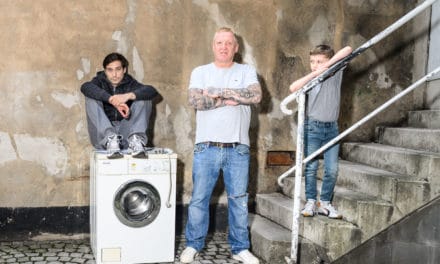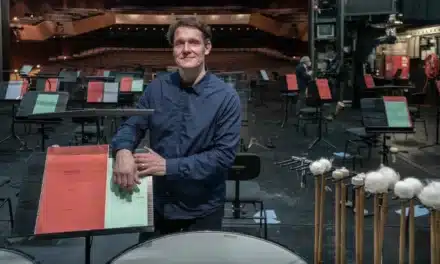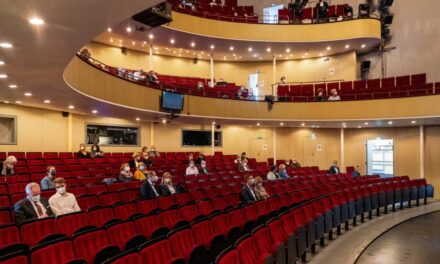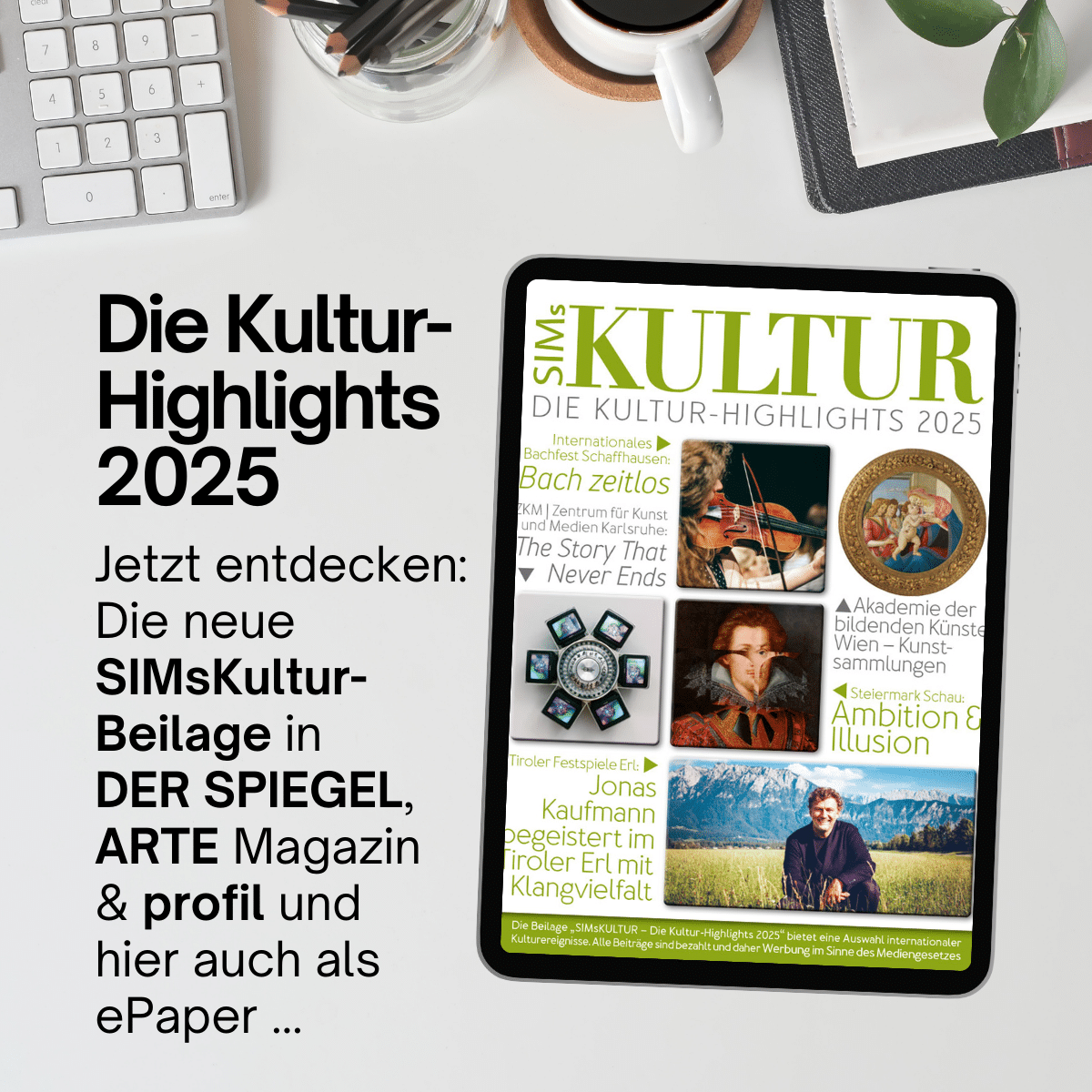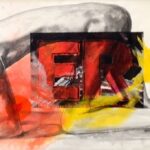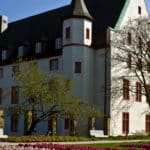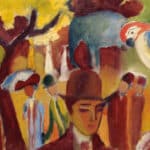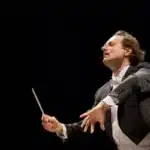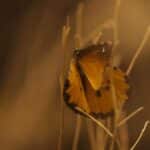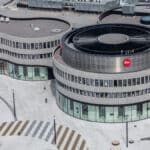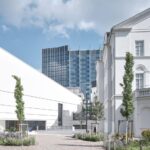The year is 275/276 A.D. The crackling flames are extinguished. The smoke clears, the excited shouting dies down. Silence spreads through Schwarzenacker. A sepulchral silence after the Alemannic invasion. Gradually, the extent of the damage becomes apparent: the lively trading town founded under Emperor Augustus lies in ruins. Some houses and cellar vaults survived the onslaught. And the layout of an Italo-Roman town plan can still be seen. Even today.
Although Schwarzenacker was resettled and rebuilt in the years following its destruction, its former glory and supra-regional importance as a commercial and administrative center was gone once and for all. The settlement, which originally covered an area of 25-30 hectares and had a population of around 2,000, has been partially rebuilt as an open-air museum. The uncovered and partially reconstructed buildings, house facades, streets with covered sidewalks and sewers provide a lively insight into everyday life in a Gallo-Roman stage town 2000 years ago.
As impressive today as it was then: the "House of the Ophthalmologist" with its elegant, homely furnishings and the columned cellar house, which owes its name to the magnificent cellar with five columns. At the crossroads at "Capitolinus" you could stop for a bite to eat or a drink. The fresh bread served with the meal came from the now reconstructed bakery. And right next door, the inn offered accommodation to traveling merchants, officials, craftsmen and people passing through.
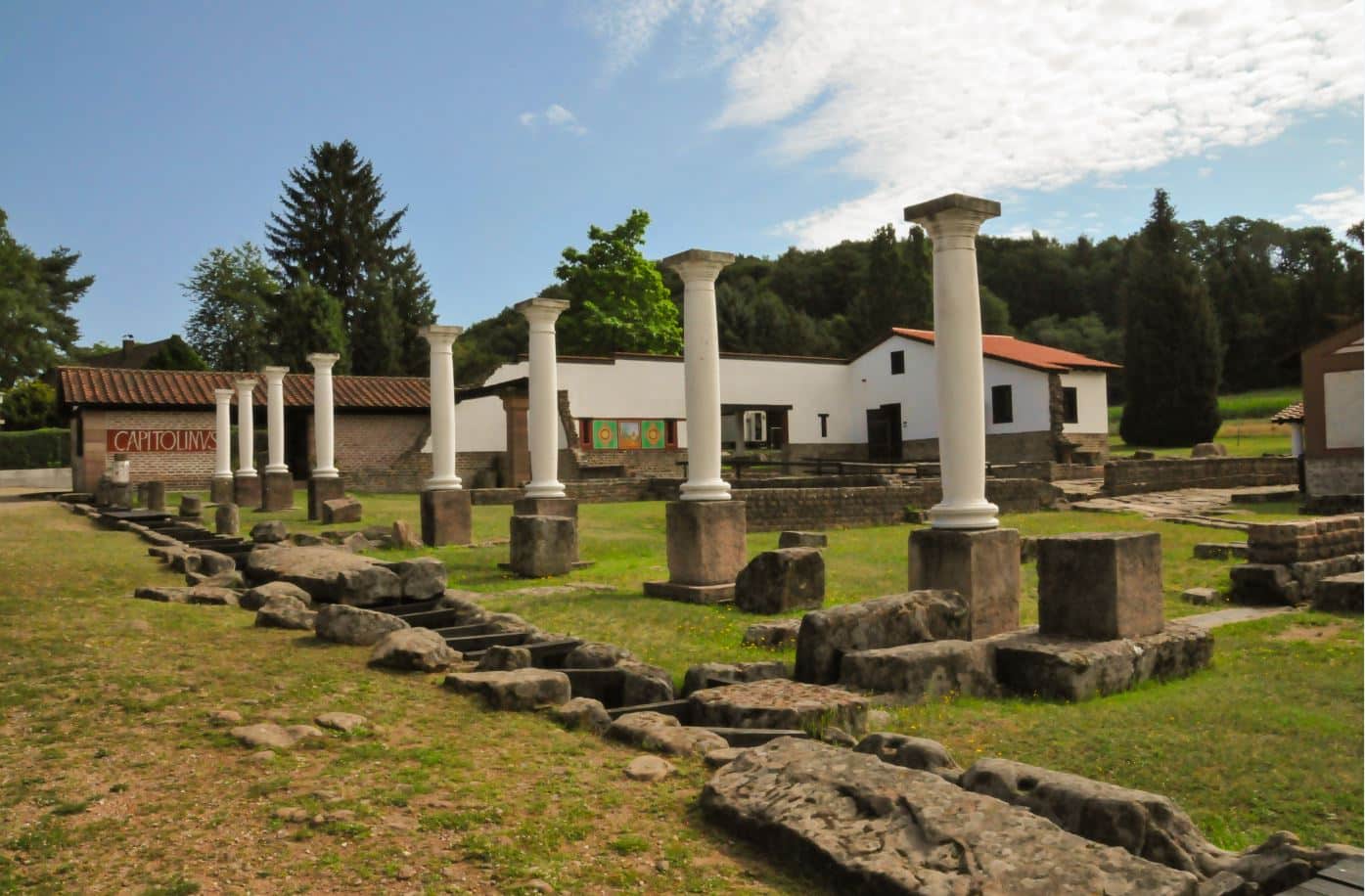
Roman Museum Schwarzenacker © Roman Museum Schwarzenacker
Through the park with its reconstructed Gallo-Roman temple for the god Mercury, the time traveler reaches the baroque noble house. On the second floor of the pink-colored manor house, witnesses of the past await today's visitors. Numerous finds from the houses and workshops of Roman-era craftsmen and artists are on display here, waiting to be brought back to life by imaginative viewers and to tell them about their everyday lives around the time of Christ's birth.
Just one floor down, on the ground floor, and you are in the second half of the 18th century. Around thirty late Baroque paintings have found their way from Munich to their old home on permanent loan from the Bavarian State Painting Collections. The landscape and animal paintings now on display in the Edelhaus were commissioned by the ducal courts of Zweibrücken and Karlsberg. While the paintings with their partly ideal, partly almost localizable landscapes and their cosy animal idylls were originally reserved for a hand-picked circle, today they allow anyone who wants to look at them a glimpse into the world of courtly Baroque. Over 2000 years of history on a short walk through time!

